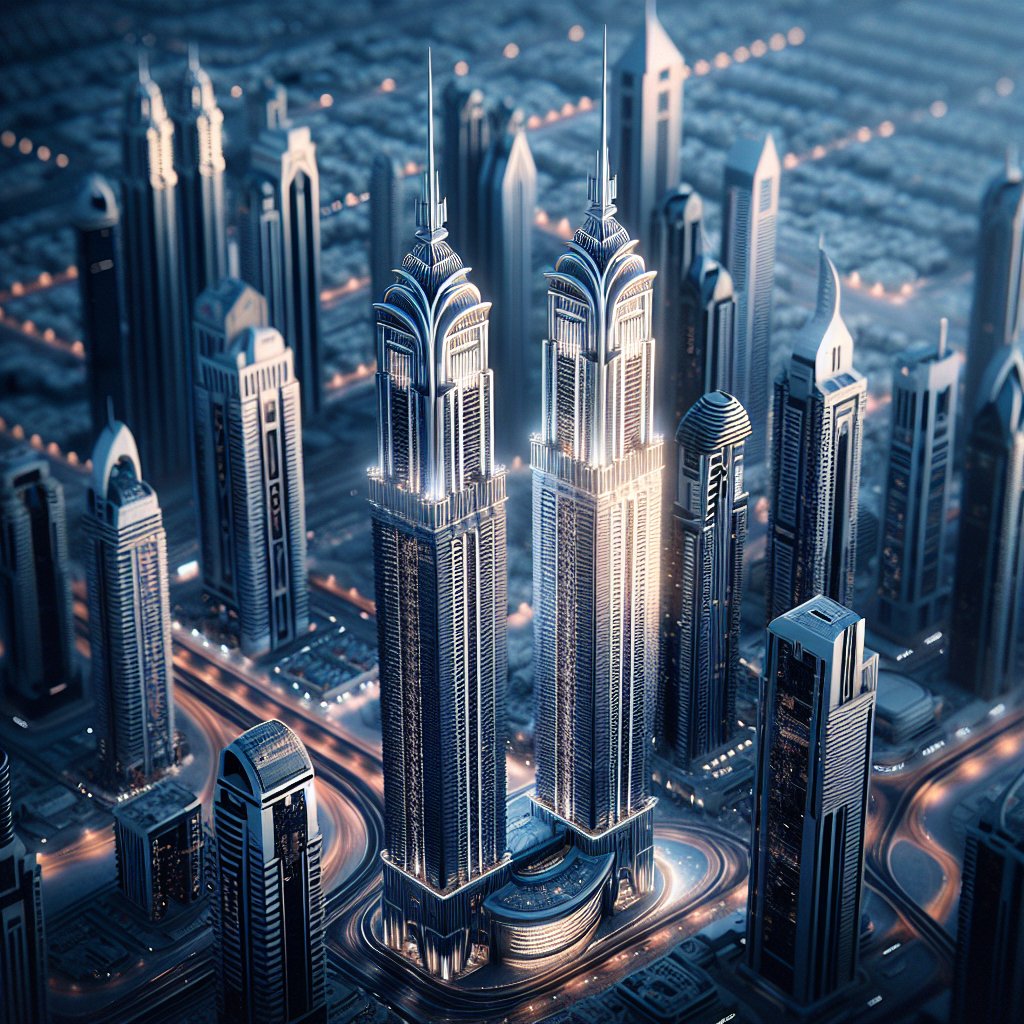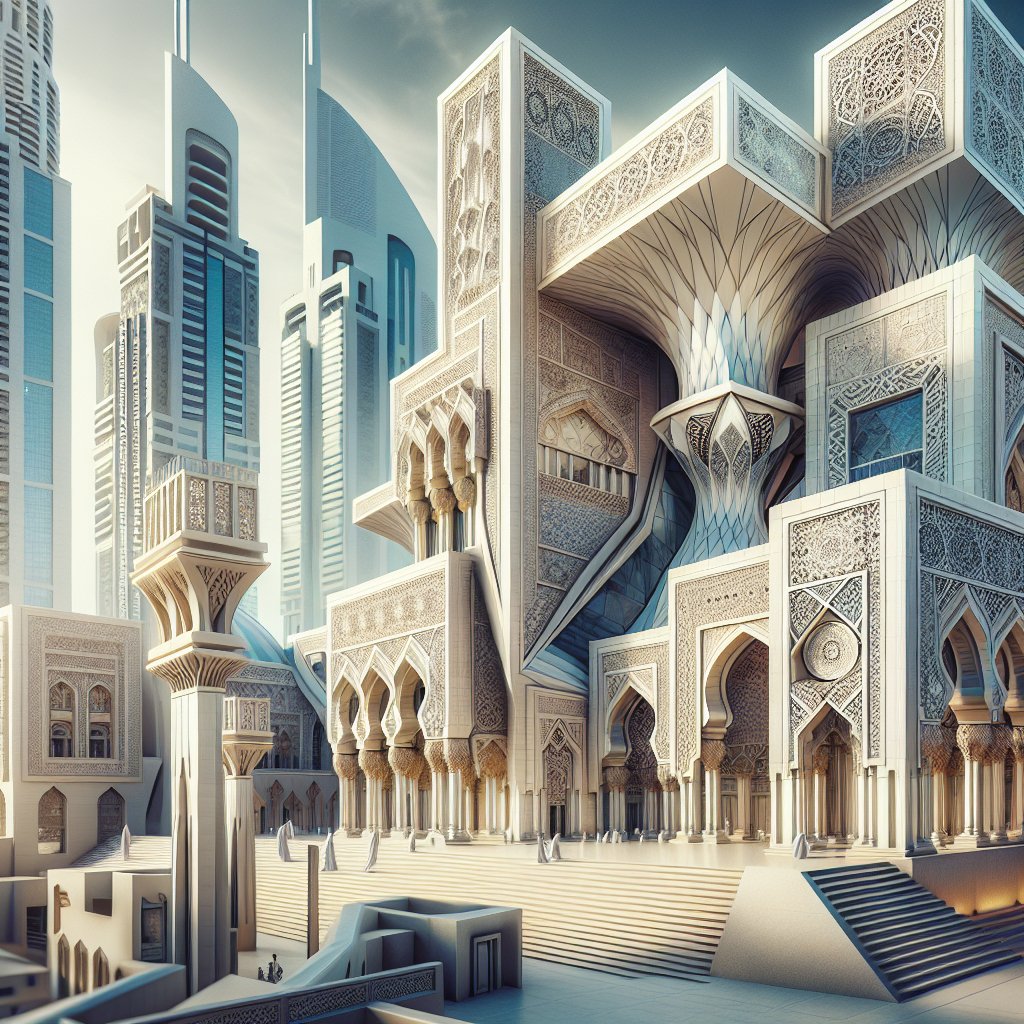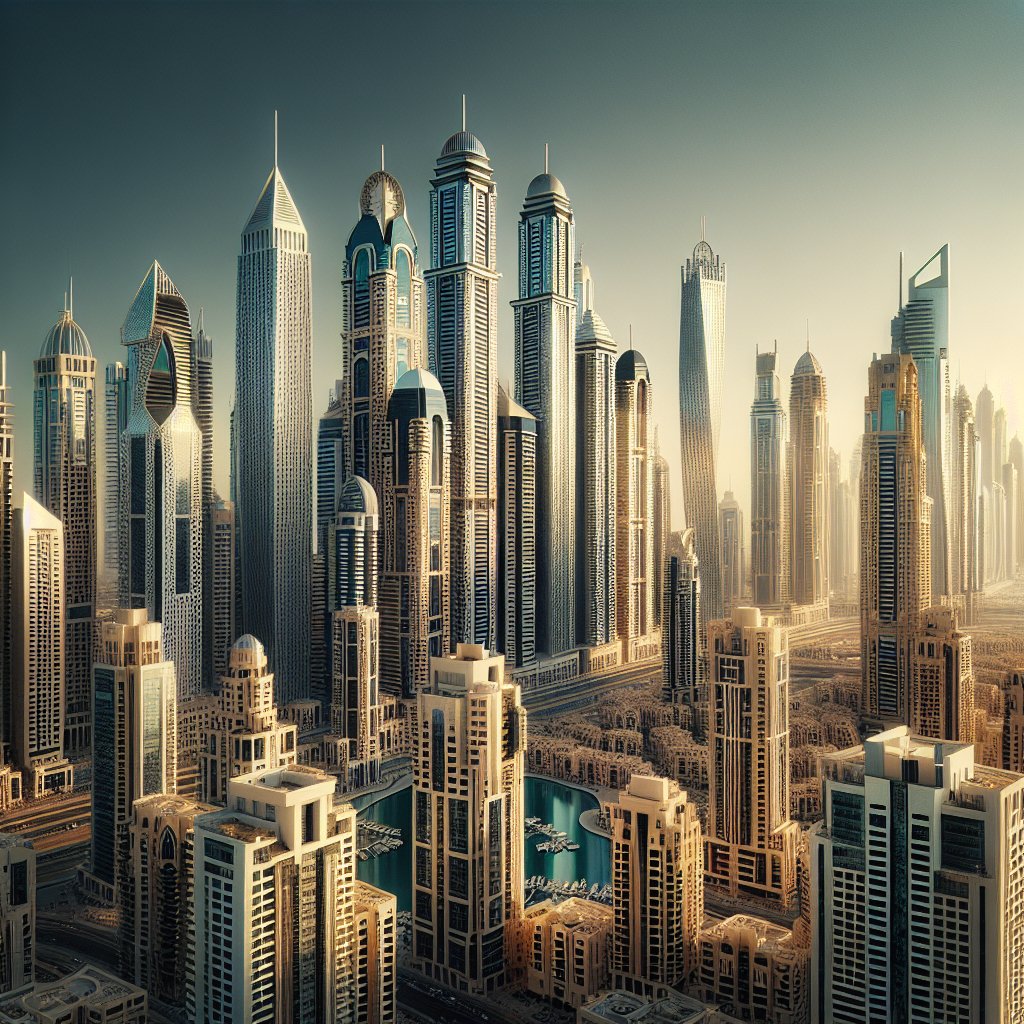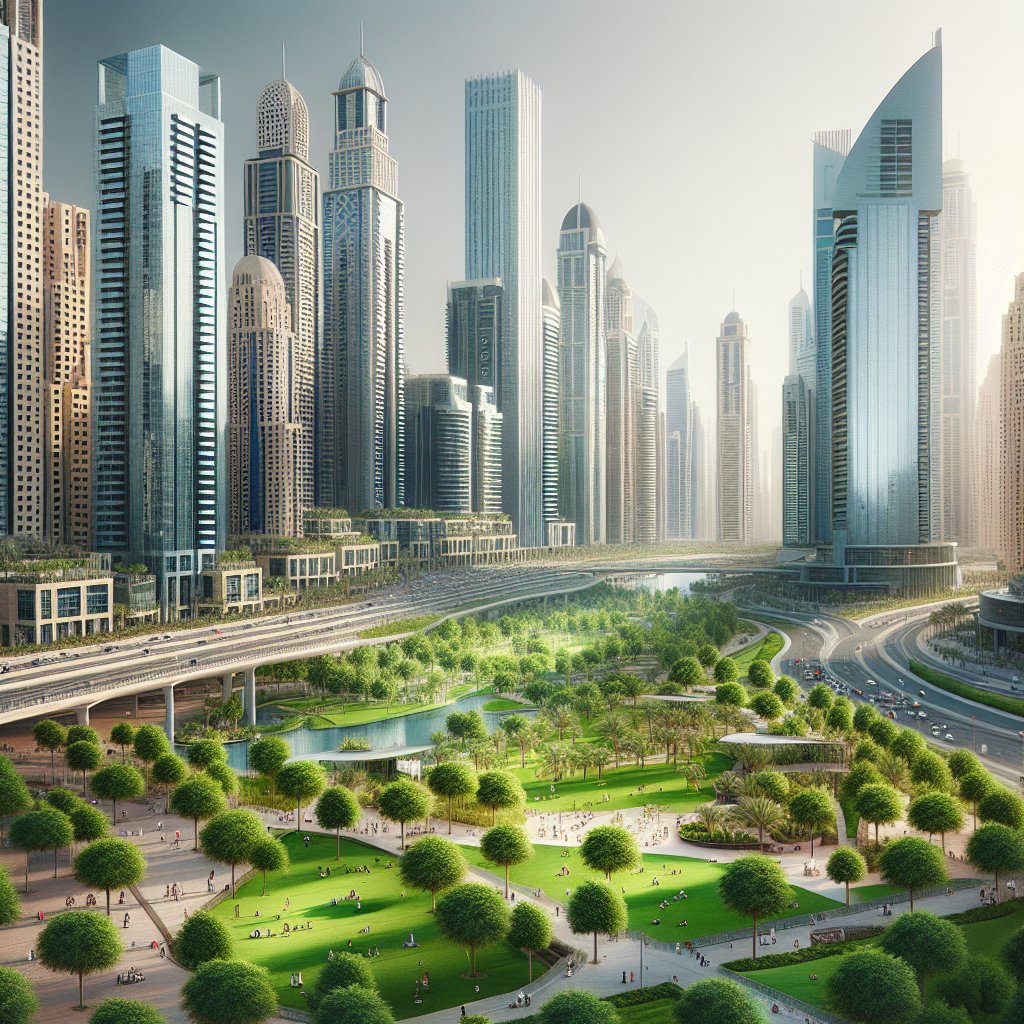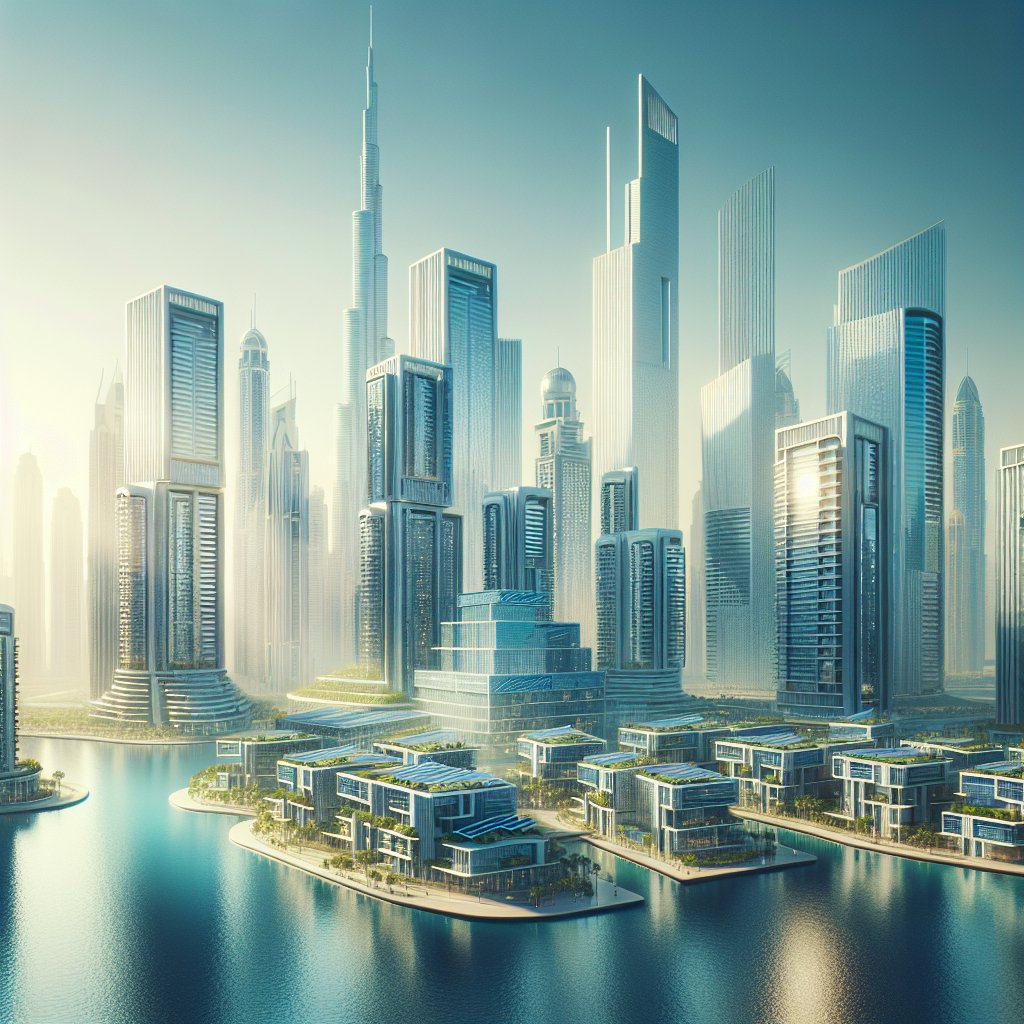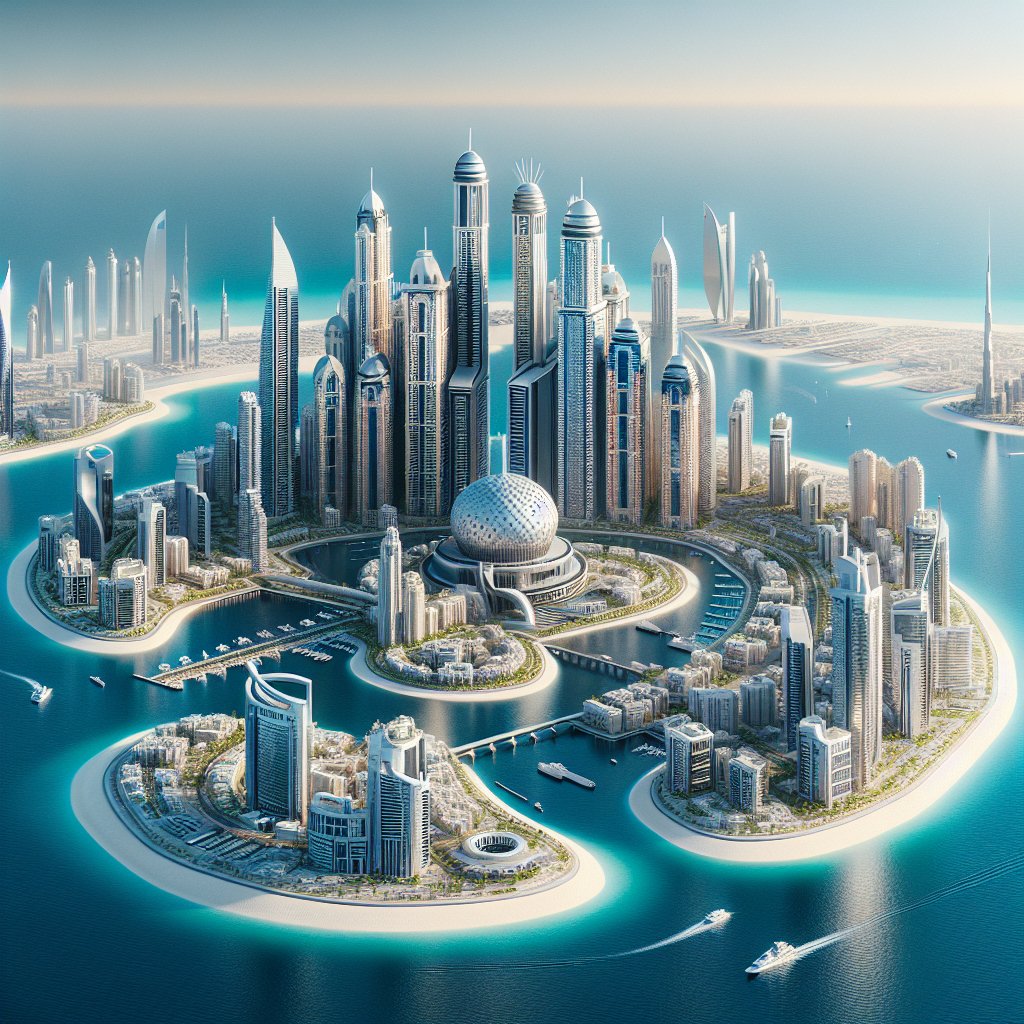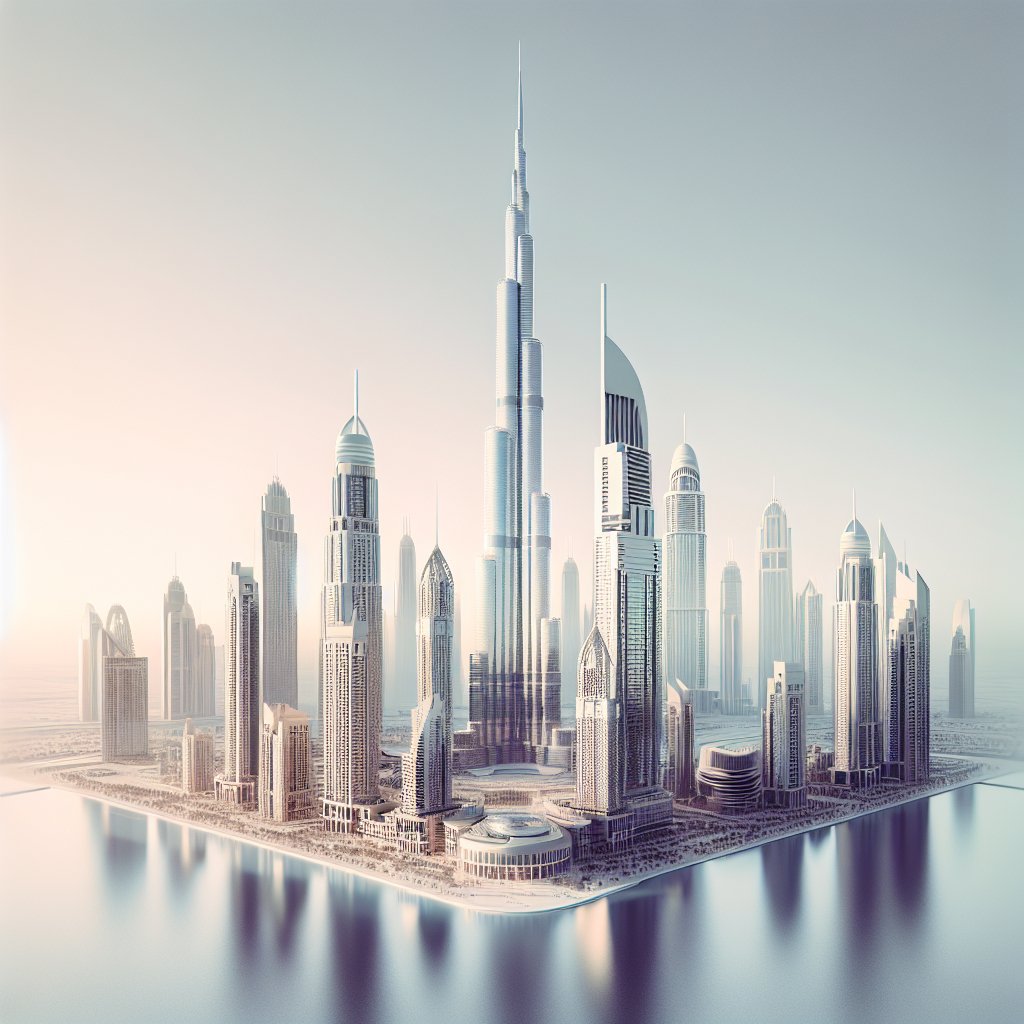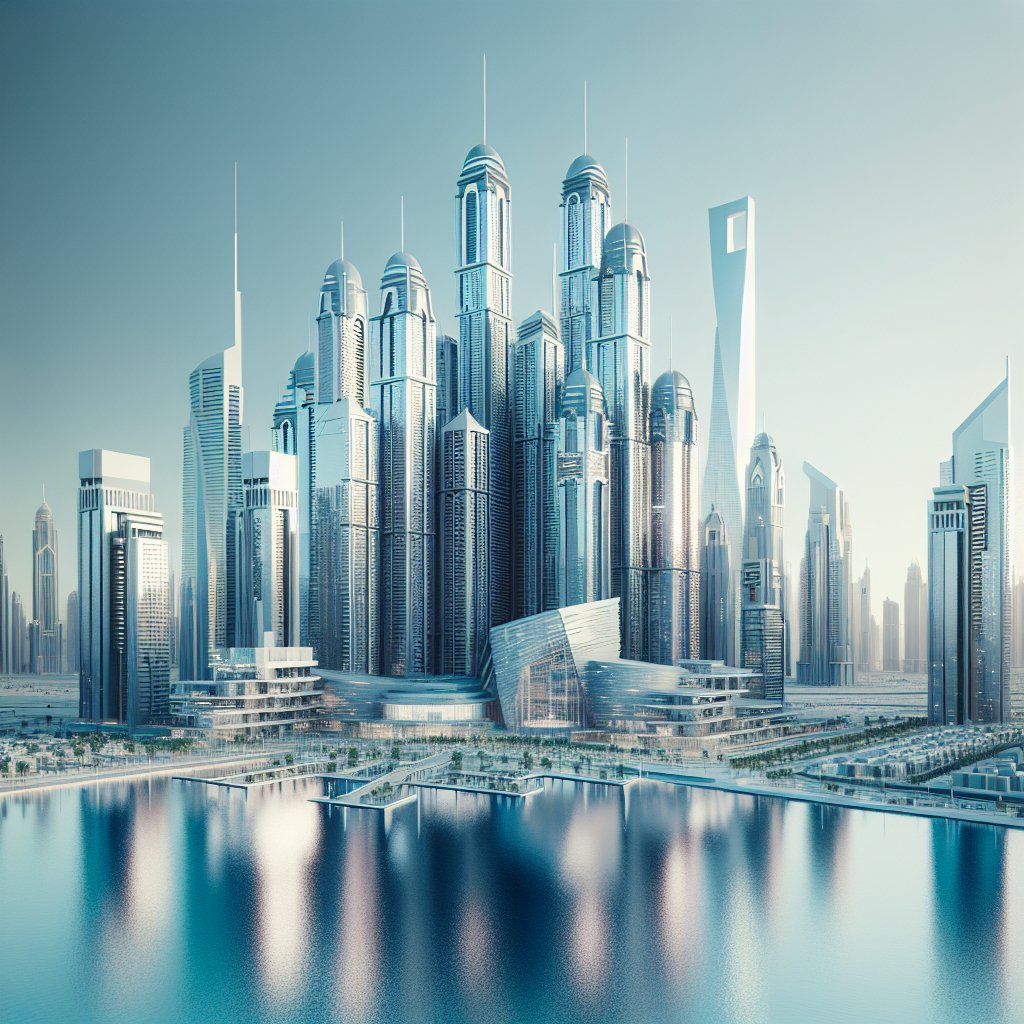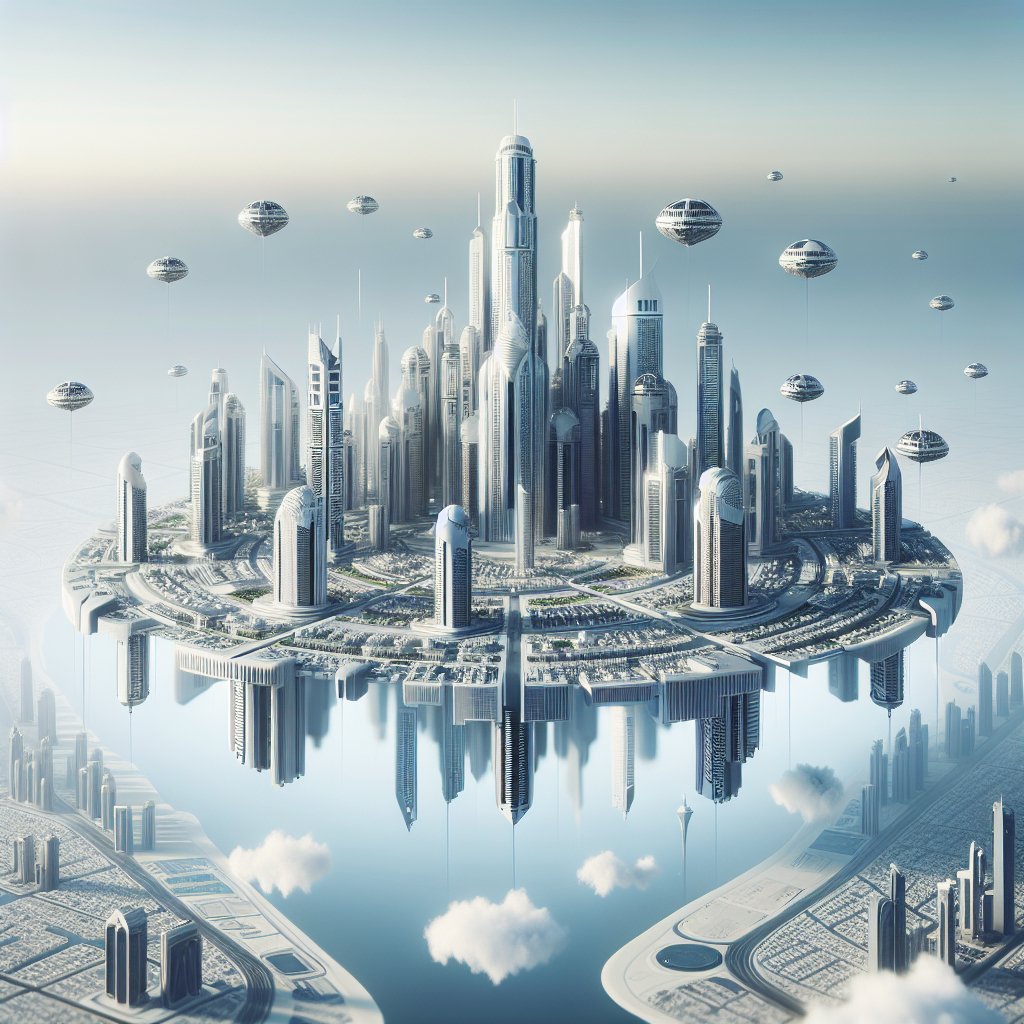Jumeirah Emirates Towers stand as iconic symbols in Dubai’s financial district, representing the city’s rapid growth and architectural innovation. These twin skyscrapers are not only a testament to modern engineering but also a hub for business and luxury, attracting professionals and tourists alike.
Architectural Marvels
The Jumeirah Emirates Towers, consisting of the Emirates Office Tower and the Jumeirah Emirates Towers Hotel, are architectural marvels that have redefined Dubai’s skyline. Completed in 2000, these towers were designed by the architectural firm Hazel Wong of NORR, and they quickly became a symbol of Dubai’s ambition and futuristic vision. The Emirates Office Tower stands at 354.6 meters, while the Jumeirah Emirates Towers Hotel reaches 309 meters, making them among the tallest buildings in the world at the time of their completion.
The design of the towers is both functional and aesthetically pleasing. The triangular shape of the towers is not only a nod to traditional Islamic architecture but also serves a practical purpose by reducing wind resistance. The sleek, glass facades reflect the desert sun, creating a shimmering effect that is visible from miles away. The towers are connected by a central podium, which houses a variety of retail outlets, restaurants, and conference facilities, making it a bustling hub of activity.
Innovative Design Features
One of the most striking features of the Jumeirah Emirates Towers is their innovative design. The towers are equipped with state-of-the-art technology that ensures energy efficiency and sustainability. The use of high-performance glass reduces heat gain, while the building’s orientation maximizes natural light, reducing the need for artificial lighting. Additionally, the towers are equipped with advanced air conditioning systems that provide optimal comfort while minimizing energy consumption.
The interior design of the towers is equally impressive. The Jumeirah Emirates Towers Hotel offers luxurious accommodations with modern amenities, catering to the needs of both business and leisure travelers. The hotel features 400 rooms and suites, each designed with elegance and comfort in mind. Guests can enjoy stunning views of the city from their rooms, as well as access to a range of facilities, including a spa, fitness center, and swimming pool.
Business and Luxury Hub
The Jumeirah Emirates Towers are not just architectural landmarks; they are also a thriving business and luxury hub. The Emirates Office Tower is home to numerous multinational corporations, financial institutions, and government offices, making it a key player in Dubai’s economic landscape. The tower’s strategic location in the heart of the financial district provides easy access to major business centers, making it an ideal choice for companies looking to establish a presence in the region.
The Jumeirah Emirates Towers Hotel, on the other hand, offers a luxurious retreat for travelers seeking comfort and sophistication. The hotel’s world-class amenities and exceptional service have earned it a reputation as one of the leading hotels in Dubai. Guests can indulge in a variety of dining options, ranging from fine dining restaurants to casual cafes, each offering a unique culinary experience. The hotel also features a range of meeting and event spaces, making it a popular choice for conferences, weddings, and other special occasions.
Cultural and Social Impact
Beyond their architectural and economic significance, the Jumeirah Emirates Towers have also had a profound cultural and social impact on Dubai. The towers have become a symbol of the city’s rapid development and its emergence as a global business hub. They have also played a role in promoting Dubai as a destination for luxury tourism, attracting visitors from around the world who are drawn to the city’s unique blend of tradition and modernity.
The towers have also contributed to the city’s vibrant social scene. The central podium, known as The Boulevard, is a popular gathering place for locals and tourists alike. It features a variety of shops, cafes, and entertainment options, creating a lively atmosphere that reflects the cosmopolitan nature of Dubai. The Boulevard also hosts a range of cultural events and exhibitions, showcasing the city’s rich heritage and diverse arts scene.
Conclusion
In conclusion, the Jumeirah Emirates Towers are more than just twin pillars of Dubai’s financial district; they are a testament to the city’s vision, innovation, and ambition. As architectural marvels, they have redefined the skyline and set new standards for design and sustainability. As a business and luxury hub, they have played a crucial role in shaping Dubai’s economic landscape and promoting it as a global destination. And as cultural icons, they have contributed to the city’s vibrant social scene and helped to position Dubai as a leading player on the world stage. The Jumeirah Emirates Towers are truly emblematic of Dubai’s journey from a small trading post to a thriving metropolis, and they continue to inspire awe and admiration in all who visit.
